Keep Your Clothes Lasting Longer
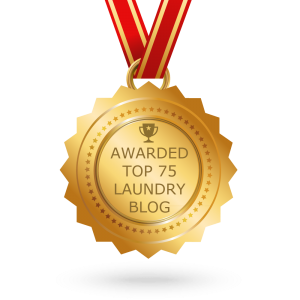
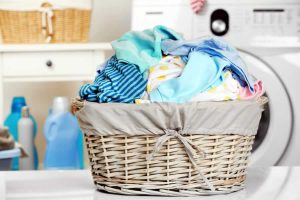
We’ve all done our share of laundry, but some of us have figured out a way to perfect it. Here are some of my favorite tips to keeping your clothes looking great and lasting longer.
Step One: Wait Before You Wash
Wear your clothing more than once. I know this might make some of you say “Gross!” but it’s really not. You know if something needs to be washed. If it reeks to high heaven – it needs to be washed, but over the course of an average day, clean people don’t get that smelly. Of course it depends on the activity you do during the day as well. Wearing your clothes at least twice before laundering them can save you a bundle on water and electric bills over the course of a year and save your clothes from wearing out before their time.
(Side note….I’m not talking about underwear & socks. They need to be changed daily.)
Step Two: Divide and Conquer
Admit it, most of you will stuff everything in the washer to make one load. I get it, you want to save time and money, but this is hard on your clothes and they probably aren’t getting as clean as you think they are. I sort laundry by “lights” and “darks”, which seems to be the traditional way of doing laundry. Sorting clothes allows you to use different wash cycles (delicate vs. normal) and also allows for washing in different temperatures.
Most importantly, sorting clothes decreases the chances that a garment is going to bleed onto another when you control the cycle type and water temperature.
Step Three: Chose the Correct Wash Cycle & Water Temperature
Take a minute to read the labels on your clothing. You’ll find the information you need to choose both your water temperature and the type of washing cycle. Following the recommendations on the label is especially important if you are new to doing your own laundry or if the garment is new.


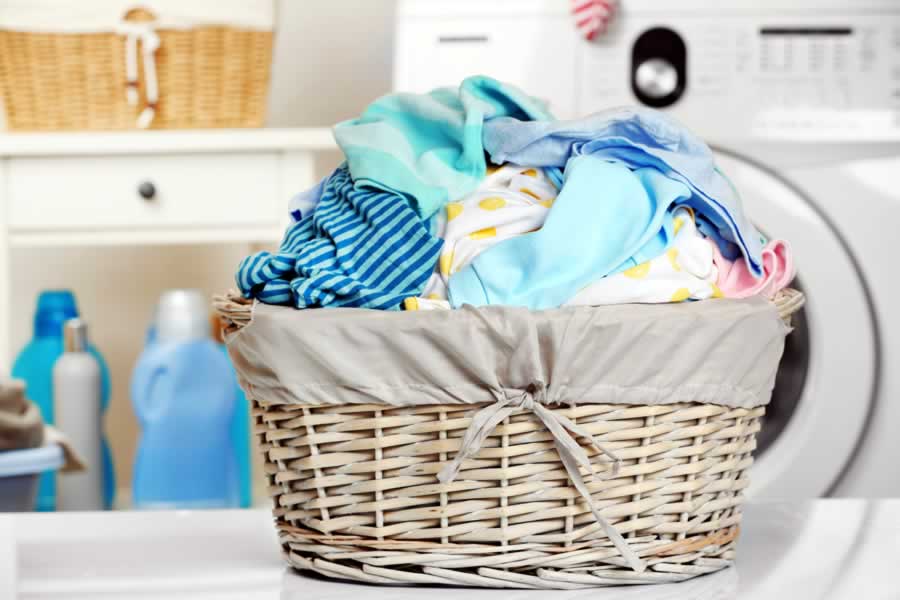
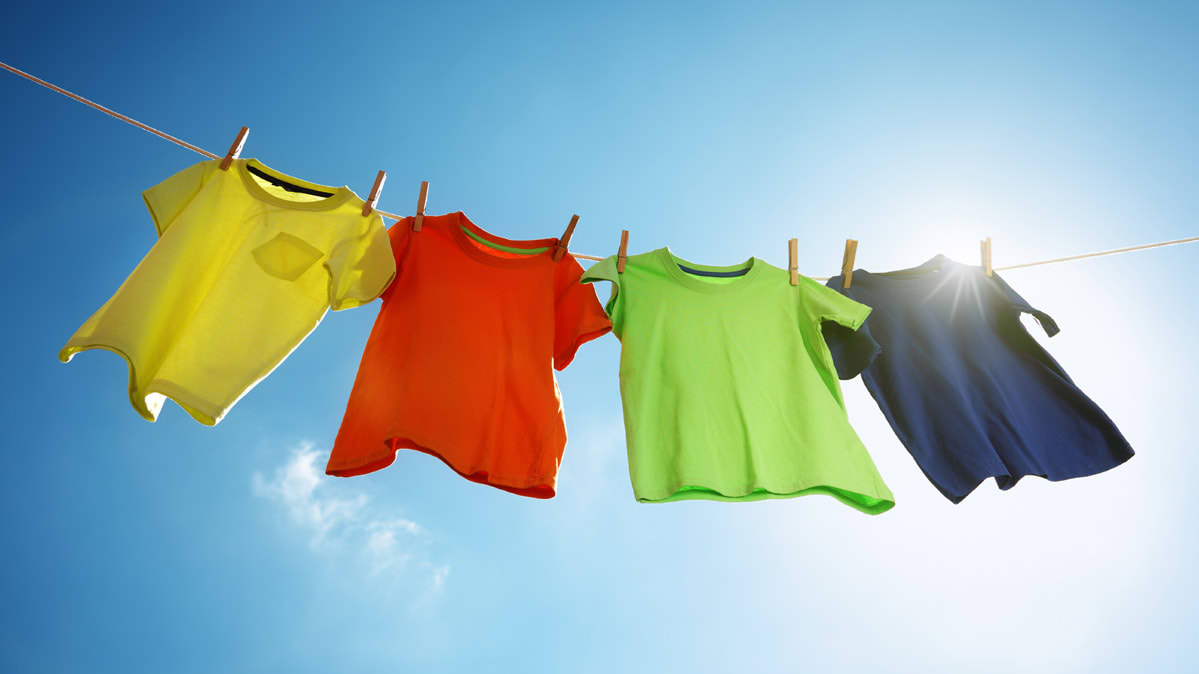

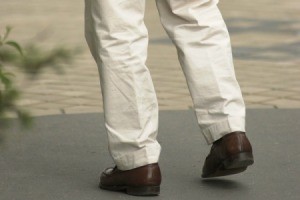
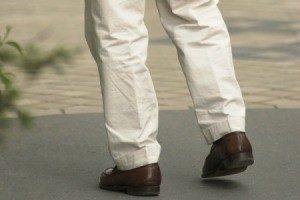
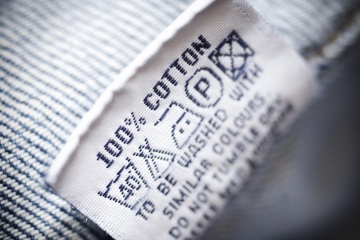
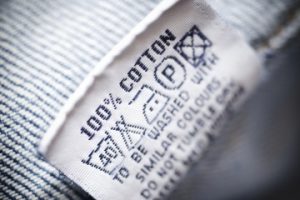
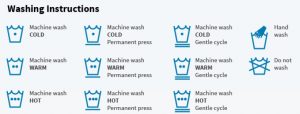

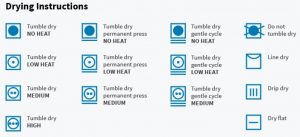
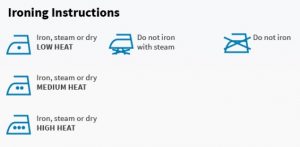

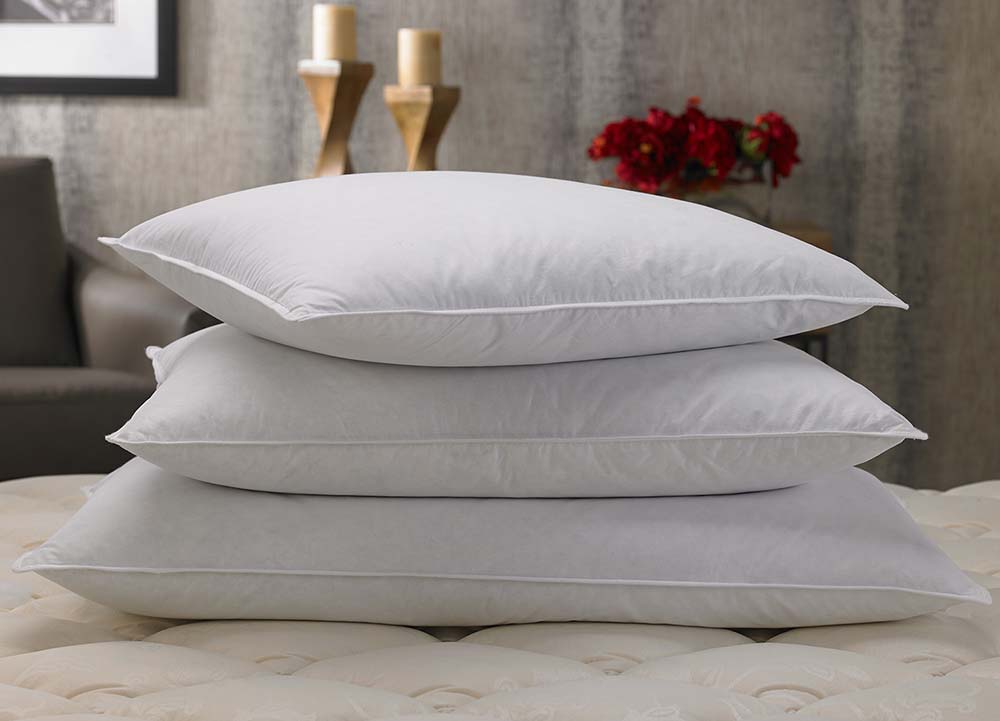
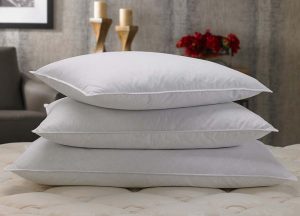
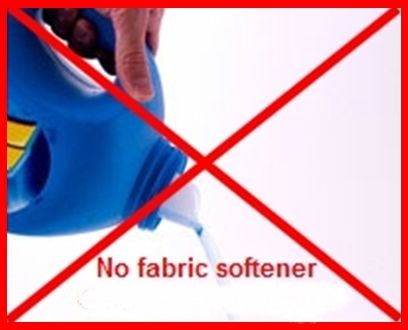
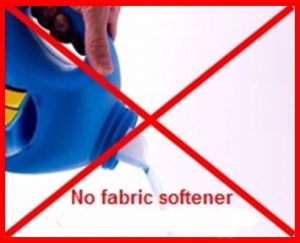
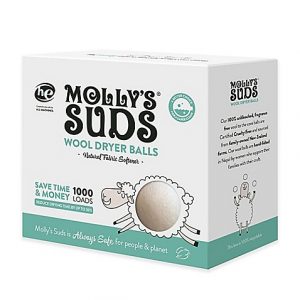
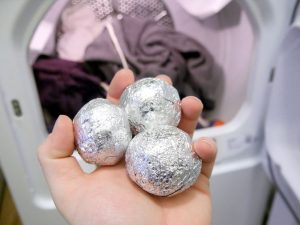
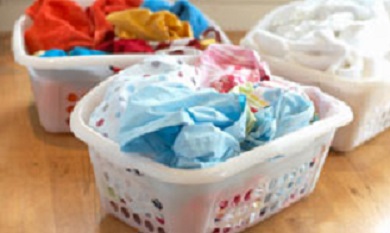
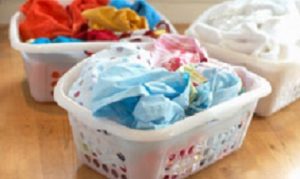

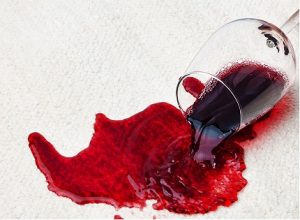
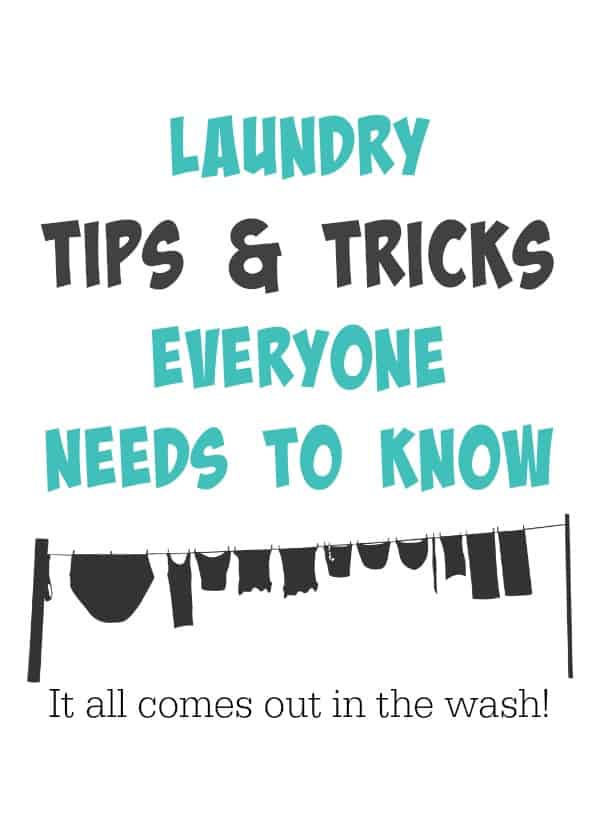
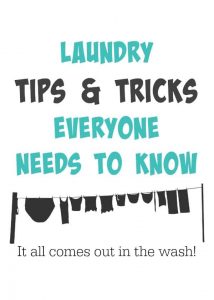 Sometimes there are just some laundry care tips that don’t fit into any particular category. You’ll be surprised after you read through these when they just might come in handy.
Sometimes there are just some laundry care tips that don’t fit into any particular category. You’ll be surprised after you read through these when they just might come in handy.
